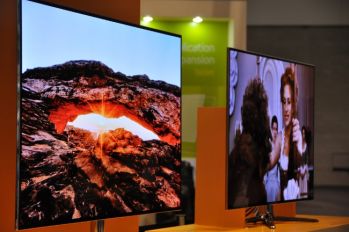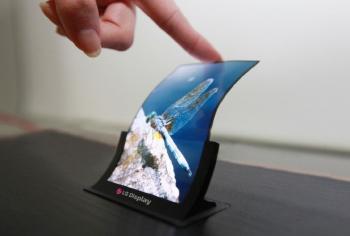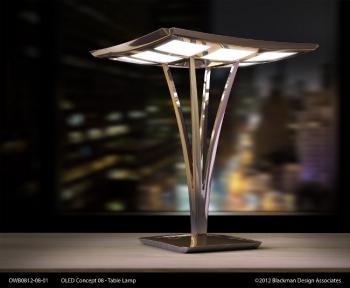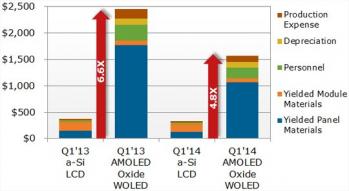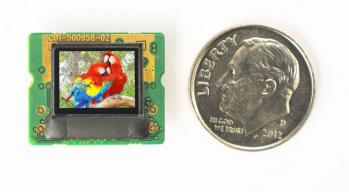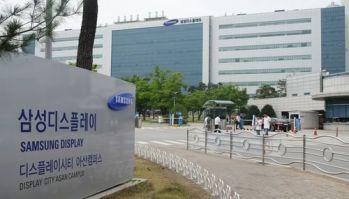Peratech announced a behind-the-display pressure multi-touch sensor for OLED displays
Peratech announced an innovative new touch screen technology for OLED displays. The QTC Ultra Sensor is a pressure-based touch technology, that is applied behind the display. Regular touch layers are transparent films placed in front of displays, which reduce the light output (brightness). This new sensor is accurate, low on power and supports multi-touch and can also sense the amount of pressure.
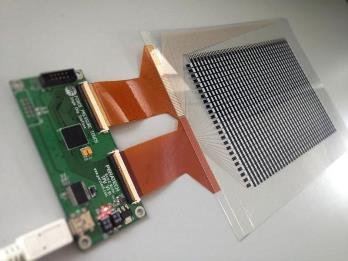
Pertech says that the new sensor can be used for OLED and e-paper displays, as these can actually be pressed (unlike LCD panels, in which pressing them is not advisable). It doesn't have a to be a flexible OLED, it works behind glass - and a deflection of a micron or so all that is needed for QTC Ultra to sense the touch.


